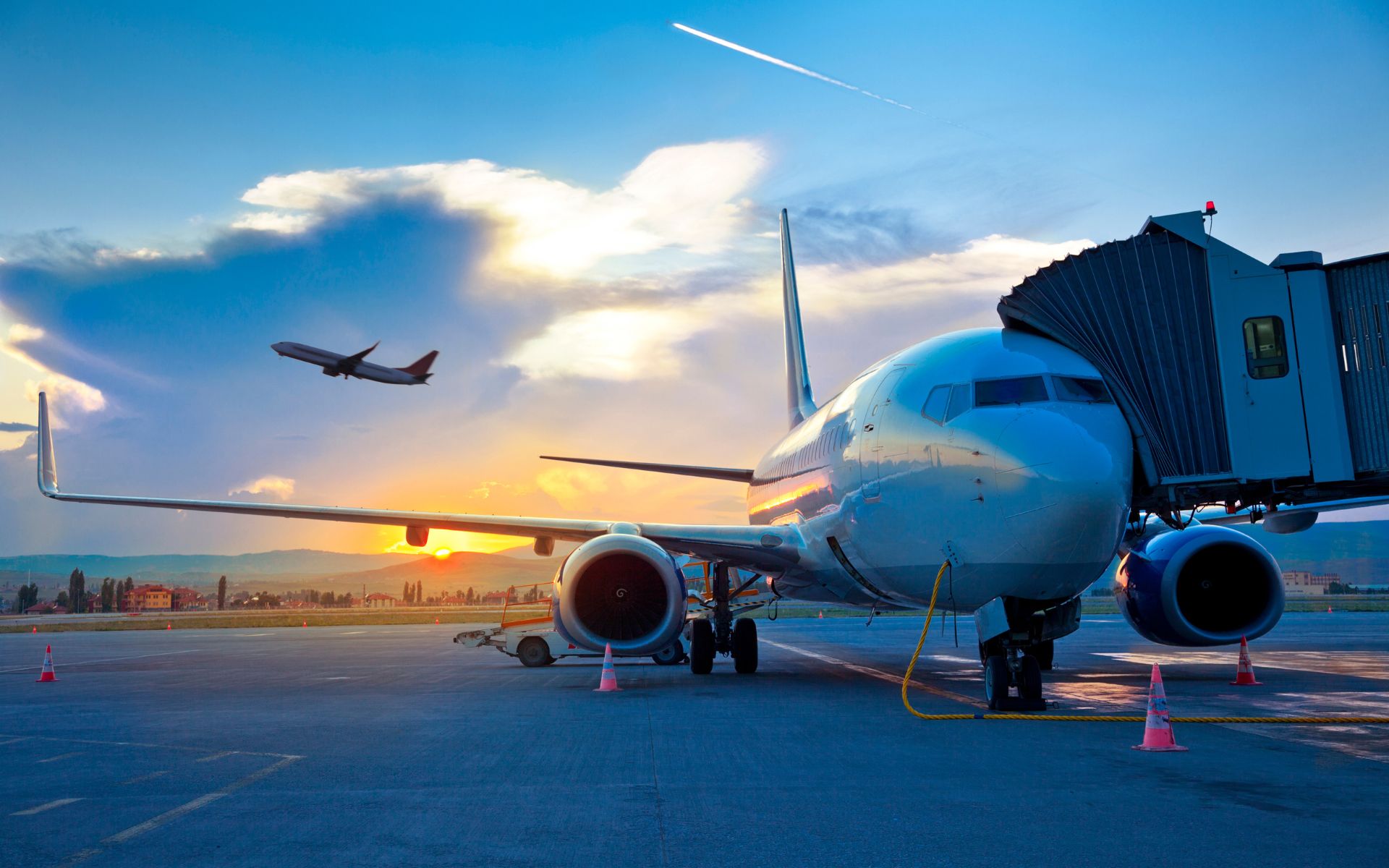Explaining ACMI through the tuxedo analogy
 A fully-equipped airline in a box, the ACMI – Aircraft, Crew, Maintenance, and Insurance – model has been a game changer for years in Europe and is now picking up in Asia, Africa and other parts of the world. But what exactly is it? How does it differ from other approaches used in the aviation industry? And why does it resemble a tuxedo in more ways than one? For answers, we sat down with Andrew Lester – the ACMI Leasing Manager for India, the Middle East, and Africa at Chapman Freeborn Air Chartering.
A fully-equipped airline in a box, the ACMI – Aircraft, Crew, Maintenance, and Insurance – model has been a game changer for years in Europe and is now picking up in Asia, Africa and other parts of the world. But what exactly is it? How does it differ from other approaches used in the aviation industry? And why does it resemble a tuxedo in more ways than one? For answers, we sat down with Andrew Lester – the ACMI Leasing Manager for India, the Middle East, and Africa at Chapman Freeborn Air Chartering.
Full ownership
According to Andew Lester, ACMI leasing is close in nature to the task of hiring a tuxedo.
If you have the cash for it, the first – and the most obvious – way to find yourself in a decent tuxedo is to purchase a brand new one that’s been made to your exact measurements. By choosing this route, you can order whatever extra you like, including dress shirts, pocket squares, evening gloves, floral accents on the lapel – whatever you like.
With the tuxedo in your possession, you’ll be able to use it for as long as it looks good. And should you eventually decide to upgrade, you may be able to sell it and recoup some of its residual value.
As with most things, however, full ownership has certain downsides. This is what Mr. Lester had to say about it with regard to the aviation industry in a conversation with John Howell, founder and CEO of AviaDev Africa, on the Avia Dev Africa Podcast: “Assets must be profitable. You can own too many units and operate below demand, and most airlines make profit only three to four months a year. For this reason, during peak season, it’s best to maximize revenue with ACMI, and avoid idle costs during low season”.
The truth is you don’t need to own assets to be profitable - you need to deploy capacity when and where it earns. Ownership locks you into risk. ACMI gives you flexibility without the balance-sheet drag.
Second-hand ownership
Your second option is to buy second hand. Or, as John Howell, Founder and CEO of AviaDev Africa, puts it: “You ask the tailor if they have any gently-used tuxedos for sale. You walk out with a classic piece at a lower price. Take care of it, and it’ll serve you for years. As Levi Strauss famously said: ‘Quality never goes out of style – some tuxedos are still turning heads 30+ years later”.
Airlines frequently purchase aircraft second-hand. Buying used aircraft can offer significant cost savings and allow airlines to expand their fleets more quickly than by ordering new aircraft. This practice is particularly common for airlines seeking to enter new markets or increase capacity without the long lead times associated with new aircraft deliveries. “Everyone's chasing capital and assets, which are hard to find due to aircraft production delays and high costs,” Mr. Lester explained.
Downsides of buying second hand includes higher maintenance costs, lower fuel efficiency, limited warranty and technical support, and reduced competitiveness (especially when it comes to premium flights).
Dry lease
If you already have everything else you need to look the part, except for the tux itself – leasing one might be your best bet. You choose a tux you like (and that doesn’t break the bank) and lease it for an agreed-upon time period.
This usually works on the basis of fixed monthly payments, and you undertake to return the item in good condition if you don’t want to lose your deposit. Once the lease period expires, you can decide if you want to extend it.
In aviation, dry lease refers to leasing aircraft without crew, maintenance, or insurance. Compared to wet leasing, this model offers more control to the lessee, but comes with its own set of issues. For instance, the lessee assumes full responsibility for aircraft maintenance, crew management, and insurance, potentially leading to higher operational costs and increased complexity compared to a wet lease. Additionally, the lessee faces potential risks associated with maintaining the aircraft's airworthiness and ensuring regulatory compliance.
Wet lease
Unlike dry leasing, wet leasing a tuxedo means that you get a full outfit, all accessories included, for whatever time period you foresee needing it.
As you probably have guessed, this is an analogy to ACMI, which Mr. Lester describes as “an airline in a box”. “ACMI is flexible – it comes when you need it and leaves when you don’t. It shines when planned strategically. Africa has seasonal markets. Airlines can use aircraft during peak times and avoid owning them during troughs. For example, aircraft idle in Europe during winter can be leased at lower rates to African airlines during their peak”.
In Africa especially, ACMI shouldn’t be treated as a desperate measure when everything else fails. It’s a core fleet strategy. Seasonality is built into African markets, and ACMI lets airlines scale up for peaks and scale down for troughs — profitably, without being trapped by fixed assets.
Whether ACMI is for you depends on how long you’ll be needing the aircraft and the associated services for. If it’s 5 years, it makes sense to go for ownership. But if it’s for just a couple months, this model is perfect. “Idle and underutilised aircraft are liabilities. ACMI lets you make money when it matters,” Andrew Lester concludes.
